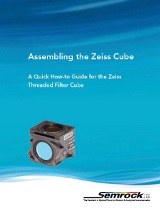-
Flangeless Fitting System Connection Guide
by IDEX Health & ScienceThe Flangeless Fittings system is designed to connect tubing into any appropriately-threaded flat-bottom receiving port. Use this guide to connect your fluidic path.
Full story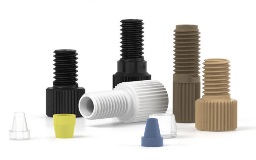
-
New Product Development Strategies
by IDEX Health & ScienceNew Product Development plays a pivotal role as the major driving force of organic business growth, but to add new products and services to their range of offerings, companies must make improvements to their infrastructure. In this white paper, learn about the importance of new product innovation, different process methods, and best practices for optimizing your company’s strengths to help you get to market faster.
Full story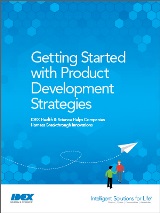
-
Advanced Spectral Measurement Systems and Semrock Optical Filters
by IDEX Health & ScienceLearn more about the features of the proprietary tools developed by IDEX Health & Science, including the established Peregrine and the new KolaDeep™ Spectral Measurement Systems in this white paper.
Full story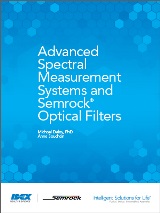
-
2023 Semrock Optical Filters Catalog
by IDEX Health & ScienceOur engineers and product management teams have collaborated to provide you with the Semrock Master Catalog from IDEX Health & Science. With proven results, we give you access to high-level engineering that will help make every photon count in your system.
Full story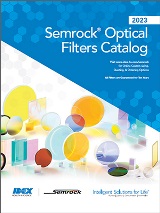
-
Understanding and Testing Fluid Flow for Custom Valve Design
by IDEX Health & ScienceThere are many factors taken into consideration during the development of a valve design. Prototyping the complex geometries of valve stators can be expensive and time-consuming but with the use of simulation tools, we can iterate multiple designs quickly and select the most desirable solutions before the first parts are manufactured.
Full story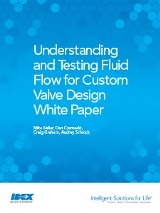
-
Selecting Filters for Fluorescence Multiplexing
by IDEX Health & ScienceThe steady advances in optical thin film deposition technology over recent decades have enabled production of high performance multiband optical filters that address the increasing demand for multicolor fluorescence instrumentation. Though there is now a wide range of available catalog filters designed for a large variety of fluorophores, selecting suitable filters is often a complex process. Here we present considerations relevant to the design of such a multiplexing system.
Full story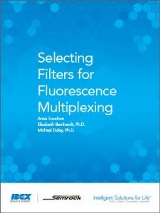
-
Maximizing the Performance of Advanced Microscopes by Controlling Wavefront Error Using Optical Filters
by IDEX Health & ScienceAny imaging instrument has a limited tolerance for wavefront error – and every optical element in the light path (including dichroic beamsplitters) contributes to wavefront error, thereby limiting overall imaging system performance. When aiming to achieve diffraction-limited imaging performance or better, it is important to consider wavefront errors from all optical elements in order to calculate the total instrument wavefront error, and to compare it to the maximum allowable value. Learn more in this white paper.
Full story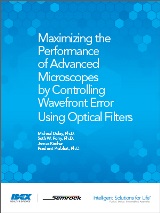
-
Tubing Cutter How-To-Guide
by IDEX Health & ScienceThe IDEX Health & Science Polymeric Tubing Cutter is designed to work on all types of polymeric tubing, including Teflon®, Tefzel®, and PEEK™ polymers. It is engineered with guide holes for both 1/16" and 1/8" outer diameter (OD) tubing, to ensure a flat, even tubing cut. Use this how-to-guide for best practices to score and snap a piece of polymeric tubing, as well as, how to replace the blade on the unit.
Full story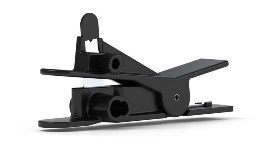
-
Comprehensive Guide to Check Valves: A Critical Component of HPLC Pumps
by IDEX Health & ScienceCheck valves are critical to HPLC pump performance, as they prevent any backflow and ensure maximum pumping efficiency. Discover critical elements related to the functional performance of a check valve and ultimately the overall chromatography results.
Full story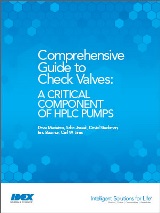
-
Fittings 101 Guide
by IDEX Health & ScienceYou are about to embark on an exciting journey designed to help you grasp the fundamentals of equipment fittings and accessories, as well as some basics about liquid chromatography as an analytical technique.
Full story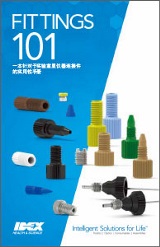
-
Introduction to Fluorescence Filters
by IDEX Health & ScienceFluorescence occurs when a molecule absorbs light at wavelengths within its absorption band, and then emits light at longer wavelengths within its emission band. For example, brightly fluorescent molecules (called fluorophores) can be attached to biologically significant molecules in e.g. cell membranes, in the brain, or even on subunits of DNA, whose structures become visible in a fluorescence microscope that allows us to track the way cells function in health and disease. Fluorescence is widely used in biology, biotechnology, and medicine, due to its extraordinary sensitivity, high specificity, and simplicity of usage. Learn more about what optical filters are included in a fluorescence instrument and how Semrock optical filters can optimize your application.
Full story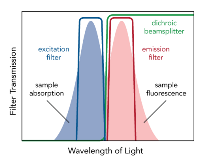
-
Fluidics Brochure
by IDEX Health & ScienceIDEX Health & Science specializes in directing fluid to where it needs to be, so you can automate your fluidic process in a simple package and form factor. Our team of experts has decades of experience in life science applications to help you avoid pitfalls across a broad range of operations and accelerate your time to market.
Full story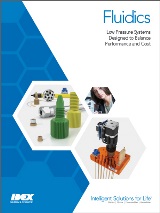
-
Filter Spectra at Non-normal Angles of Incidence
by IDEX Health & ScienceWhile most applications call for optical filters to be used at normal incidence, it is important to understand how the spectral properties of different types of filters change when using these filters a non-normal angles of incidence (AOI). There are two main effects exhibited by all filter spectrum as the angle is increased from normal which are discussed in this article.
Full story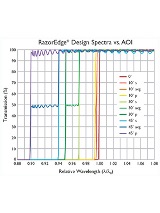
-
Chemical Compatibility
by IDEX Health & ScienceThis Chemical Compatibility section will allow you to either check what materials will work with the chemicals you are using or planning to use; or view what compatibility ratings are given to a material you are planning to use.
Full story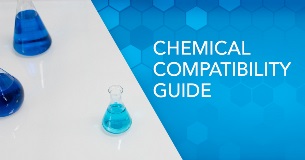
-
Materials Guide
by IDEX Health & ScienceExplore our material properties guide by selecting the material of your choice from the list provided to view properties and solvent compatibility
Full story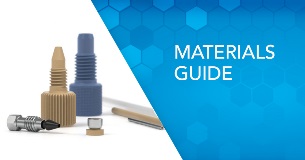
-
Laser Damage Threshold
by IDEX Health & ScienceLaser damage to optical filters is strongly dependent on many factors, and thus it is difficult to guarantee the performance of a filter in all possible circumstances. Nevertheless, it is useful to identify a Laser Damage Threshold (LDT) of pulse fluence or intensity below which no damage is likely to occur. Laser damage may be broadly classified into two types: absorption-driven and dielectric-breakdown damage. Which type dominates depends on the material properties (absorption coefficient, specific heat, melting temperature, as well as defects that cause scattering and concentrated electric field effects), geometric properties of the sample (thickness, homogeneity, surface morphology, etc.), and of course the properties of the laser beam itself.
Full story
-
How to Calculate Luminosity Dominant Wavelength and Excitation Purity
by IDEX Health & ScienceIn this article we briefly describe the method to calculate the three main parameters that fully specify color in this system: luminosity, dominant wavelength, and excitation purity.
Full story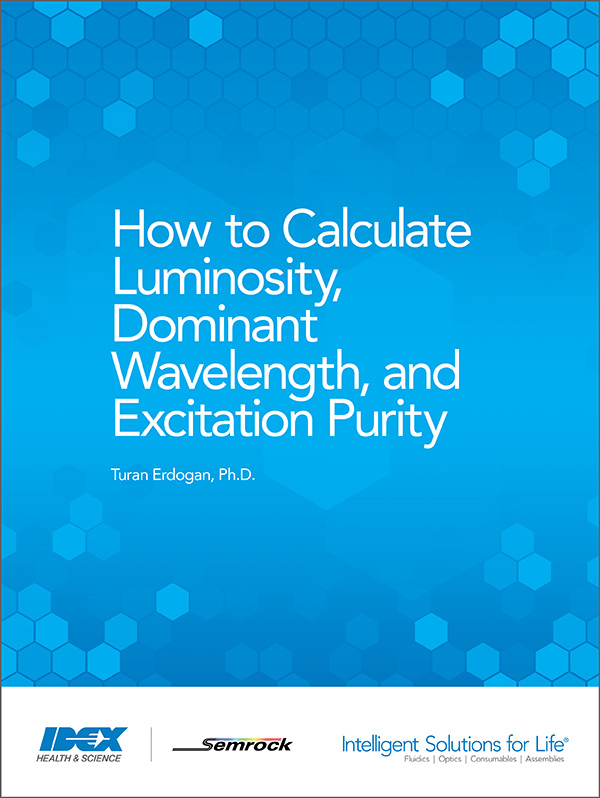
-
Leica Cube Assembly Quick How-To Guide
by IDEX Health & ScienceExplore our step by step guide to add a Semrock optical filter set to Leica DM-K, DM-R and DM-IRB cubes.
Full story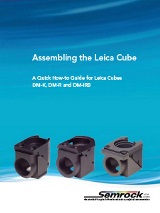
-
Zeiss ZHE Cube Assembly Quick How-To Guide
by IDEX Health & ScienceExplore our step by step guide to add a Semrock optical filter set to a Zeiss ZHE cube.
Full story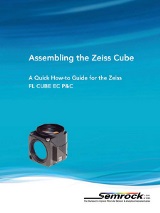
-
Zeiss Threaded Filter Cube Assembly Quick How-To Guide
by IDEX Health & ScienceExplore our step by step guide to add a Semrock optical filter set to a Zeiss Threaded Filter cube.
Full story